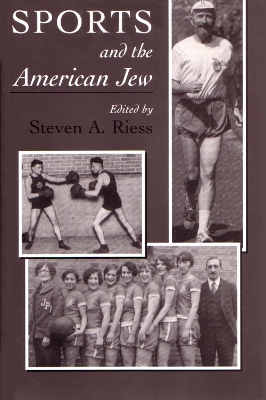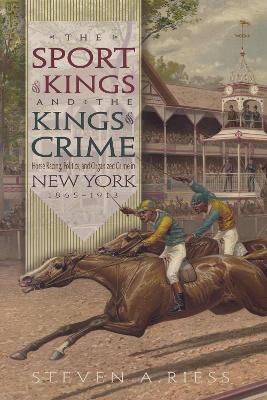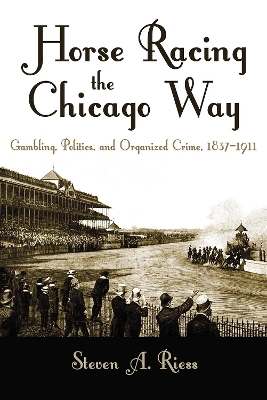Sports and Entertainment
3 total works
This book debunks the conventional stereotype that Jews and sports are somehow anathema and clearly demonstrates that sports have long been a significant institution in Jewish American life.
Jews were among the very first professional baseball players and the most outstanding early American track stars. In the 1920s and 1930s they dominated inner-city sports such as basketball and boxing and produced star athletes in virtually all sports. Many Jews were also prominent in the business, communication, and literary aspects of sport.
These essays, written by leading contemporary sports historians, examine the contributions of Jewish men and women to American sports. Steven A. Riess's article on this topic is the most comprehensive overview ever written and will doubtless become a standard reference for years to come.


